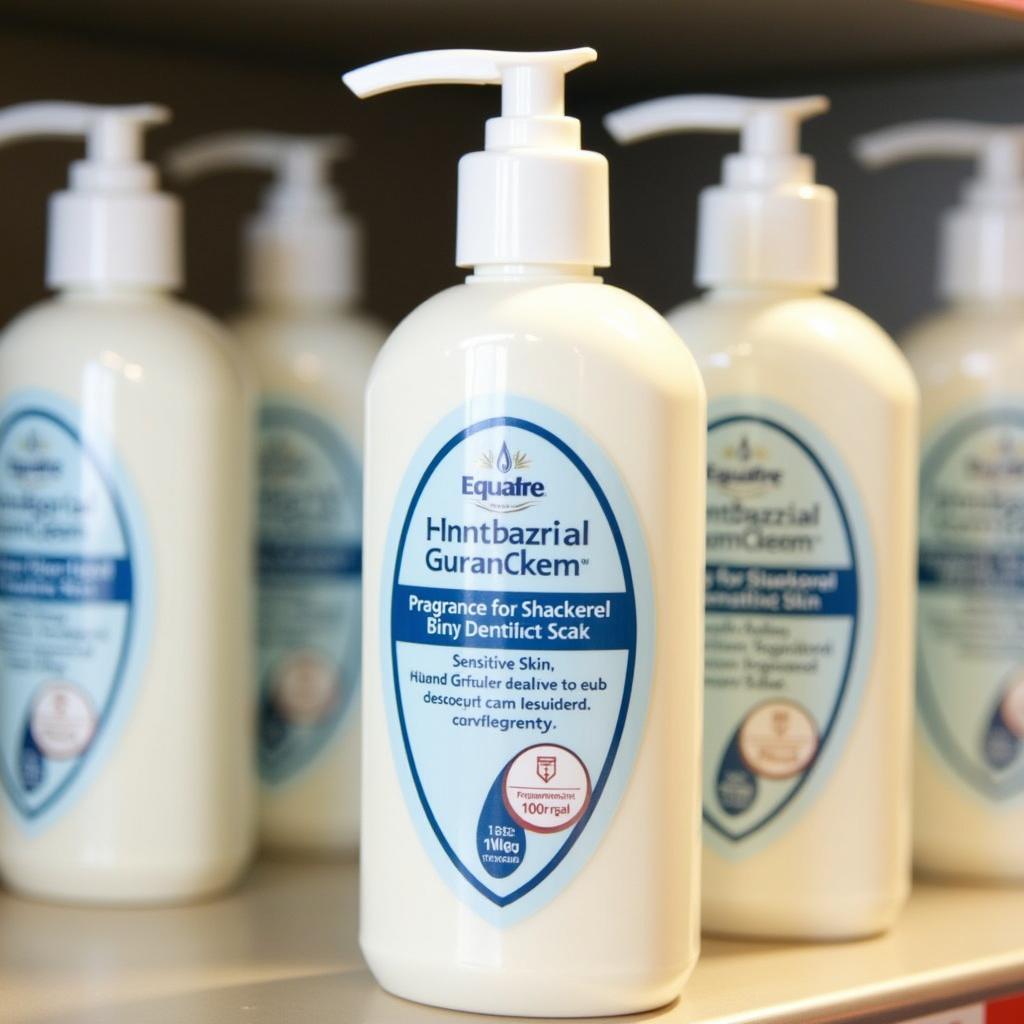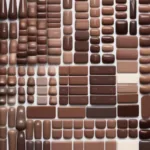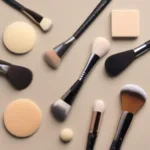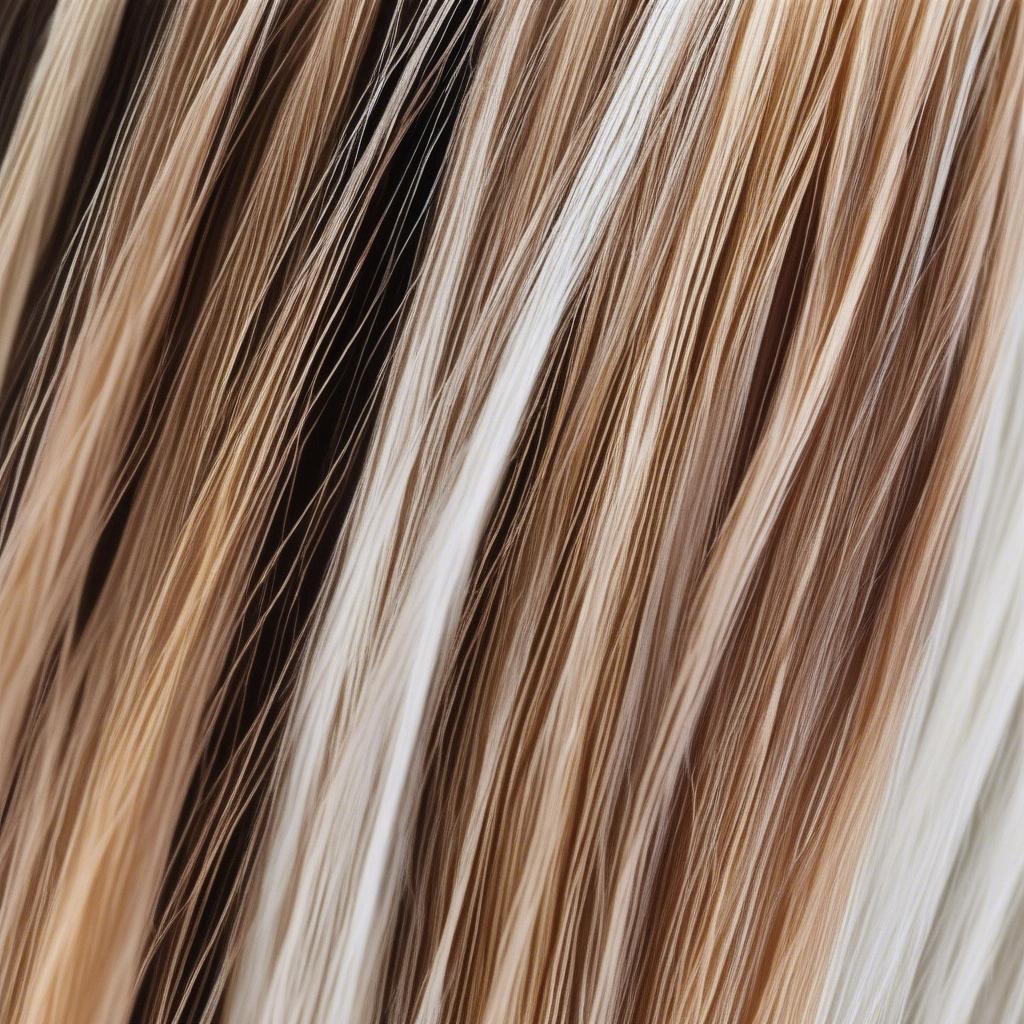
Why is the Bleach Not Working on My Hair?
- AmazoniaSilva
- Tháng 12 13, 2024
- Zodiac signs
- 0 Comments
Your hair isn’t lightening as expected after a bleaching session? You’re not alone. Many people experience this frustrating scenario, wondering why their bleach isn’t working on their hair. Let’s delve into the reasons behind this common hair lightening problem and explore some solutions.
Understanding the Bleaching Process
Before we troubleshoot, it’s important to understand how bleach works. Hair bleach contains hydrogen peroxide, which penetrates the hair shaft and oxidizes the melanin, the pigment that gives your hair its color. This oxidation process lightens the hair, allowing for a new color to be deposited. However, several factors can interfere with this process.
Common Reasons Why Bleach Doesn’t Work
Hair Product Buildup
Product buildup, including silicones, oils, and styling products, can create a barrier on the hair shaft, preventing the bleach from effectively penetrating and lightening the hair. This often results in uneven or patchy results.
Incorrect Bleach Application
Applying bleach unevenly or not saturating the hair strands thoroughly can lead to inconsistent lightening. This is especially true for thicker hair types, which require more product and careful application.
Using the Wrong Developer Volume
Developer volume refers to the concentration of hydrogen peroxide in the bleach mixture. Using a developer volume that’s too low for your hair type and desired level of lift may not provide enough power to lighten the hair sufficiently. Conversely, using a developer that’s too strong can damage your hair without necessarily improving the lightening effect.
 Hair with product buildup resisting bleach
Hair with product buildup resisting bleach
Overlapping Bleach on Previously Bleached Hair
Applying bleach to already bleached hair can cause significant damage and breakage, without necessarily achieving further lightening. Over-bleached hair is extremely porous and can’t handle the chemical process again easily.
Your Hair’s Natural Pigment is Resistant
Some hair types, especially those with darker and denser pigments, are naturally more resistant to lightening and may require multiple bleaching sessions to achieve the desired results. This is especially true for red and black hair, which contain underlying warm pigments that are difficult to remove.
The Bleach is Outdated or Improperly Stored
Expired bleach loses its potency and may not lift the hair effectively. Similarly, improperly stored bleach, exposed to heat or light, can degrade and become less effective.
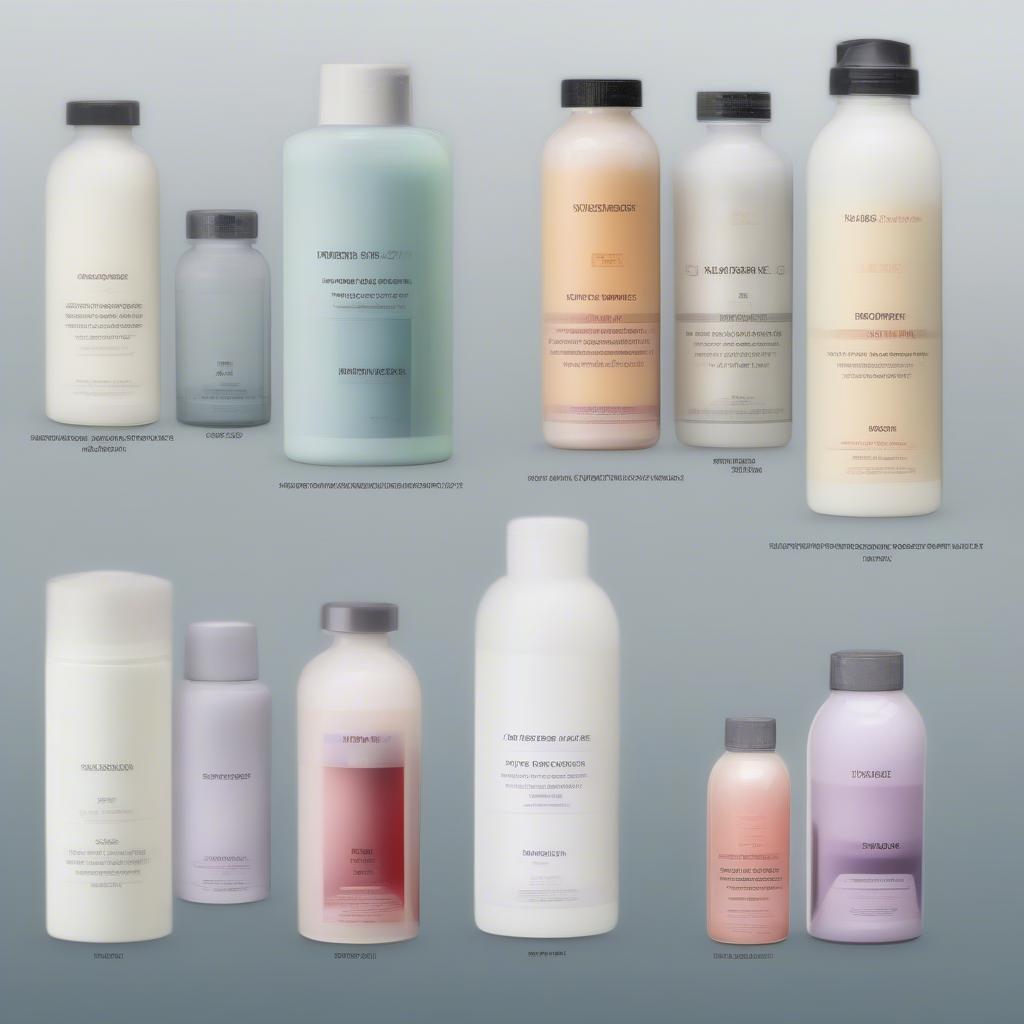 Different developer volumes for hair bleaching
Different developer volumes for hair bleaching
How to Fix the Problem and Achieve Desired Results
Clarify Your Hair Before Bleaching
Use a clarifying shampoo to remove product buildup before bleaching. This allows the bleach to penetrate the hair shaft more effectively, resulting in more even lightening.
Use the Correct Developer Volume and Application Technique
Consult a professional stylist to determine the appropriate developer volume for your hair type and desired level of lift. Ensure thorough and even application of the bleach, paying extra attention to thicker sections of hair.
Be Patient and Don’t Over-Bleach
If your hair is naturally resistant to lightening, multiple bleaching sessions may be necessary. Allow adequate time between sessions to minimize damage and allow your hair to recover.
Use Fresh, Properly Stored Bleach
Always check the expiration date of your bleach and store it in a cool, dark place to maintain its potency.
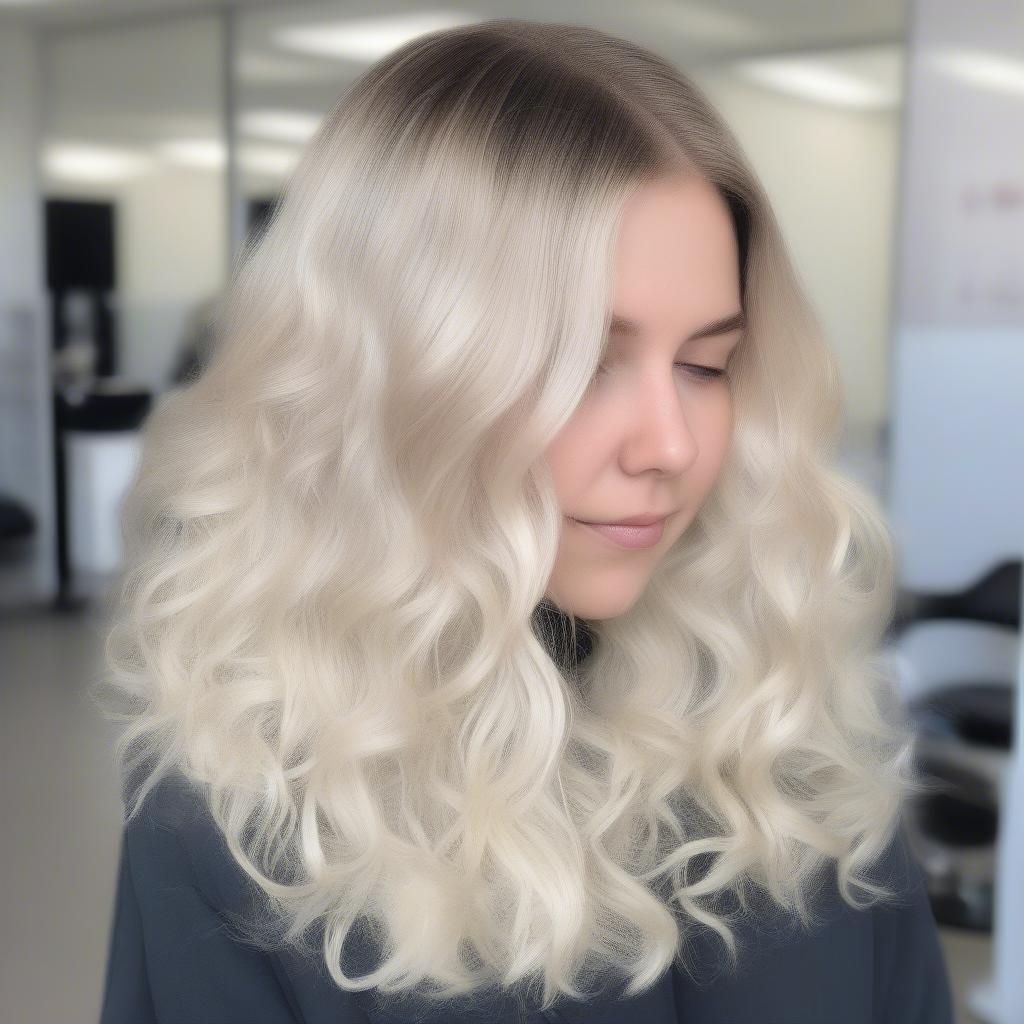 Healthy bleached hair
Healthy bleached hair
Conclusion
Bleaching your hair can be tricky, and understanding why your bleach isn’t working is the first step to achieving the desired results. By addressing the common issues outlined above, you can increase the likelihood of successful and healthy lightening. Remember, patience and proper technique are key to achieving your desired hair color without compromising the health of your hair. If you’re unsure, consulting a professional stylist is always recommended, especially for more complex color changes or if you have concerns about damaging your hair.
FAQs
- How long should I leave bleach in my hair? Never leave bleach in your hair longer than recommended by the manufacturer, typically around 30-45 minutes. Over-processing can lead to severe damage.
- Can I bleach my hair if it’s already damaged? It’s generally not recommended to bleach already damaged hair. Consult a stylist to assess the health of your hair and determine the best course of action.
- How can I tell if my bleach is expired? Check the expiration date on the packaging. Expired bleach may have a weaker smell or a different consistency.
- Why is my bleached hair turning orange or yellow? This is often due to underlying warm pigments in the hair that are revealed during the bleaching process. Toning is necessary to neutralize these unwanted tones.
- How often can I bleach my hair? It’s recommended to wait at least 4-6 weeks between bleaching sessions to allow your hair to recover.
Need further assistance? Contact us at [email protected] or visit our office at Fifth Avenue, 34th Floor, New York, NY 10118, USA. We have a 24/7 customer service team ready to help. You might also be interested in our articles on hair care and color correction.
